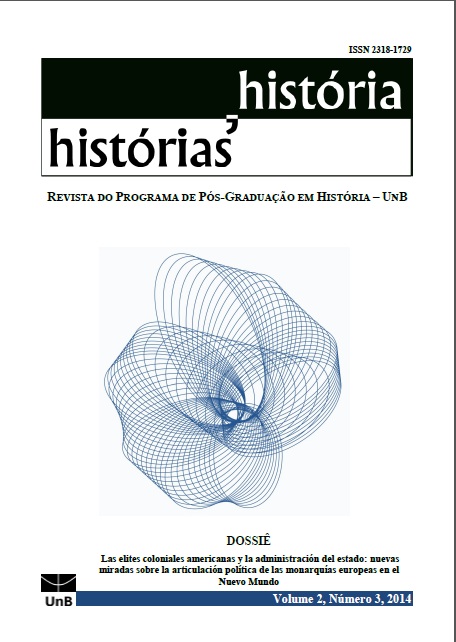O homoerotismo sai do armário e vai à s telas:
o pensamento queer a partir dos filmes Mala Noche, Un Chant D’amour e Crepúsculo Do Caos
DOI:
https://doi.org/10.26512/hh.v2i3.10799Keywords:
Homoerotismo, Cinema Queer, Teoria QueerAbstract
As narrativas cinematográficas exercem grande poder sobre o público. Elas veiculam e constroem relações de gênero e sexualidades o que torna de extrema relevância a investigação dos discursos/práticas/efeitos do cinema na constituição de valores e representações sociais e também contribuem para delimitar os papéis dicotômicos entre homem/mulher, masculino/feminino, hetero/homo, bem como investigar abordagens que problematizem as sexualidades de forma interseccional. O cinema foi priorizado aqui como um lócus de criação marcado pela experiência das identidades homoeróticas. Neste sentido, foram analisados três filmes Mala Noche de Gus Van Sant,Un Chant D’amour de Jean Genet e Crepúsculo do Caos de Derek Jarman. São filmes de diretores centrados em subjetividade queer que podem contribuir para a crítica cultural à s sociedades patriarcais, machistas e sexistas, propiciando outros sentidos para o imaginário social. Buscou-se conferir também nesta pesquisa à s práticas discursivas queer esboçadas em parte no cinema, embora tenha claro que elas não são lineares, nem uniformes. Apesar de suas diferentes linguagens e formas de produção, constata-se que é possível tecer uma comunicabilidade, uma ponte queer a partir de “fios comuns” entre os trabalhos desses diretores, sem ignorar, contudo, suas diferenças e subjetividades.
Downloads
Downloads
Published
How to Cite
Issue
Section
License
Authors who submit papers with this journal agree to the following terms:
a) Authors retain copyright and grant the journal right of first publication with the work simultaneously licensed under a Creative Commons Attribution License that allows others to share the work with an acknowledgement of the work's authorship and initial publication in this journal.
b) Authors are able to enter into separate, additional contractual arrangements for the non-exclusive distribution of the journal's published version of the work (e.g., post it to an institutional repository or publish it in a book), with an acknowledgement of its initial publication in this journal.
c) Authors are permitted and encouraged to post their work online (e.g., in institutional repositories or on their website) prior to and during the submission process, as it can lead to productive exchanges, as well as earlier and greater citation of published work.




